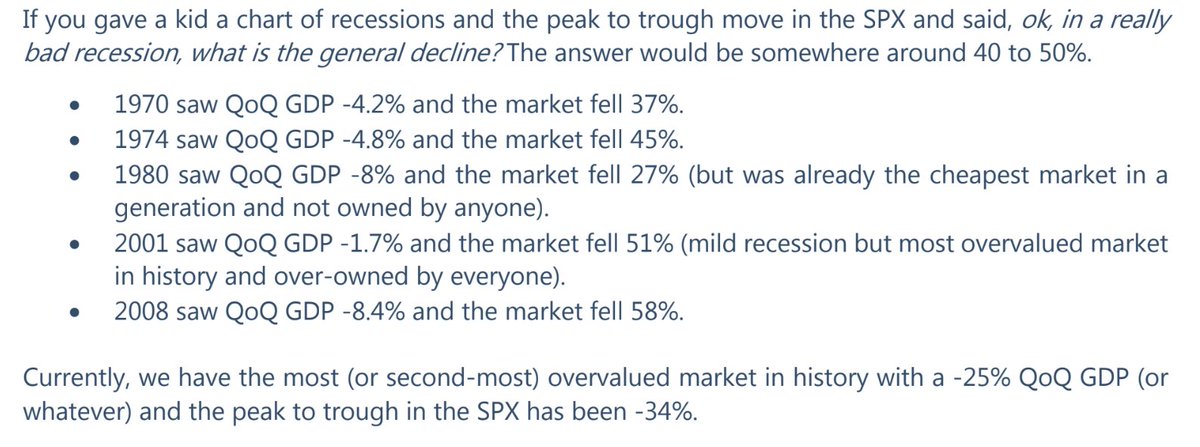In this thread, we will go deeper on these explanations. Let’s dive in:
linkedin.com/pulse/money-cr…
It is important to first realize, that all government currencies began as warehouse receipts for monetary metals.
'Control’ here is a misnomer, central banks cannot control economies, which are complex systems, anymore than an epidemiologist can control a pandemic.
This is why the self-sovereignty of the Bitcoin network is so important; it is resistant to legal compulsion.

Governments do not “have to” bail out corporations; they are incentivized to do so due to the lobbying mechanism, through which private interests collude with lawmakers.
This is the Talebian Turkey Problem, discussed in this podcast: open.spotify.com/episode/5DV4yR…
Euphemisms are the memetic tools of 20th century Keynesians who sought to preserve their monopoly privileges through disinformation, coercion, and violence.
Helicopter money is a desperate measure of central banks in which they kick-back some of the stolen loot to victims to maintain their confiscatory scheme.




